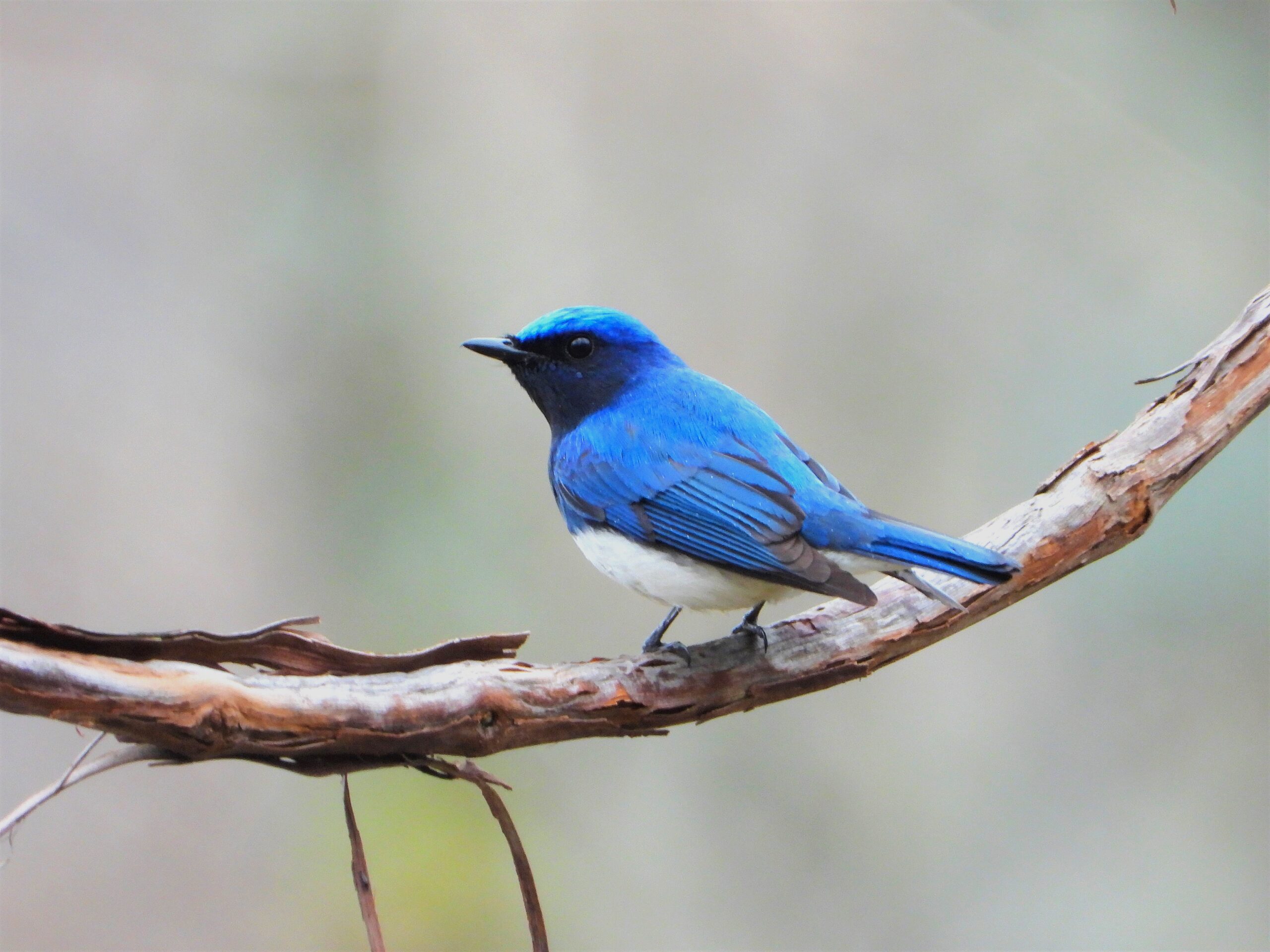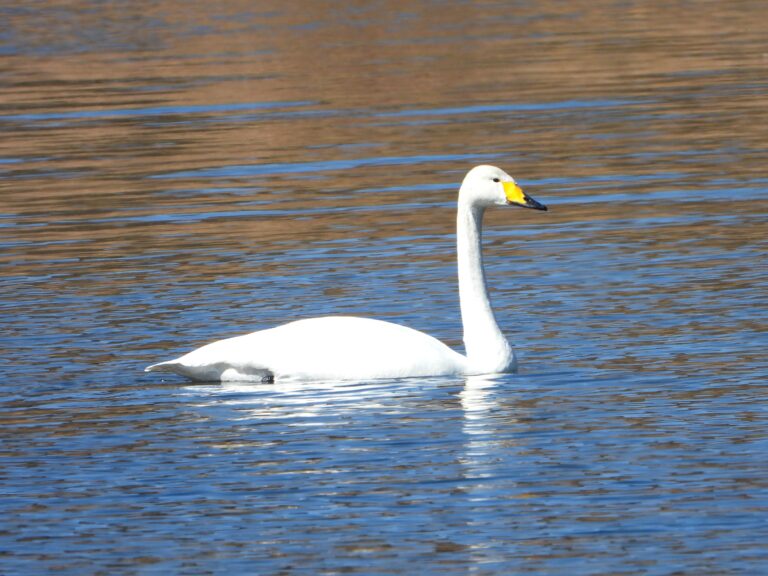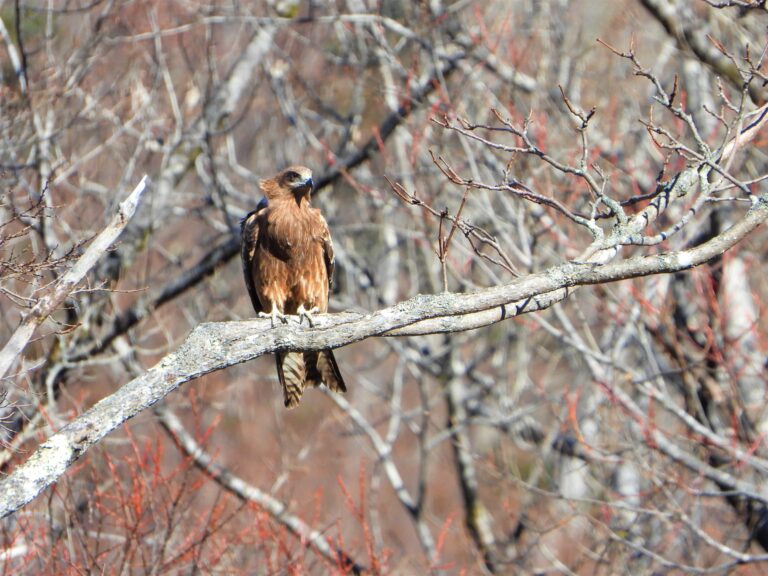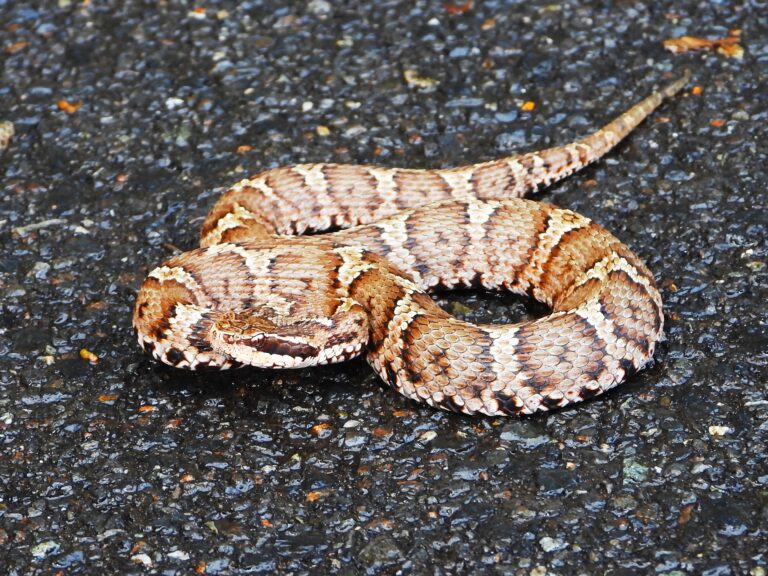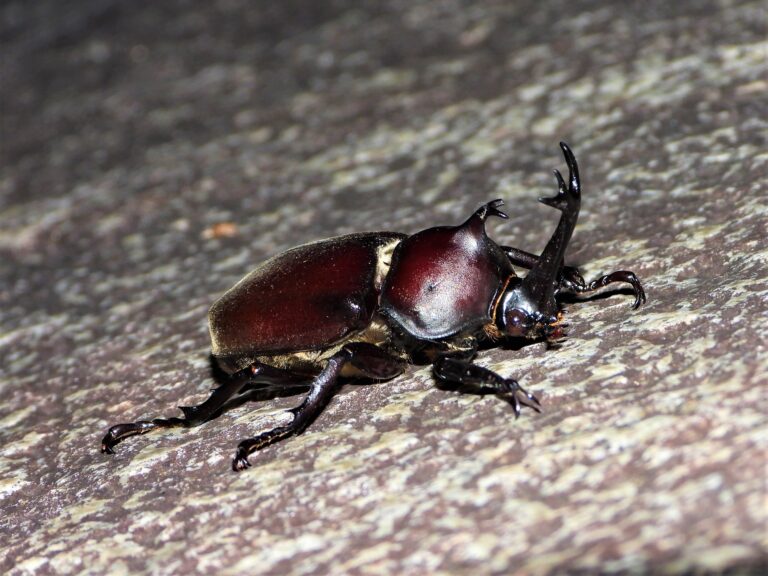Japanese Three Famous Songbirds (Sanmeichō ) – Wildlife of Japan
Introduction
In Japan, there is a traditional concept called Sanmeicho, which means the “Three Famous Songbirds.” The three species recognized under this name are the Japanese Bush Warbler (Uguisu), the Blue-and-white Flycatcher (Oruri), and the Japanese Robin (Komadori). Birdwatchers, poets, and nature lovers admire these birds not only for their beauty but also for the powerful voices that announce the changing seasons. Their songs ring through forests and valleys, and for centuries people have valued them as living symbols of Japan’s natural culture.
1. Japanese Bush Warbler (Horornis diphone) — Uguisu
Appearance: A small, plain olive-brown bird, often hidden in thickets. Its looks are modest, but its voice is unforgettable.
Habitat: Found across Japan from lowlands to mountains, often in bamboo and dense shrubs.
Song: Famous for its clear “Ho-hoke-kyo” call, transliterated in English as “hoo-hokekyo.” This song is celebrated as the sound of spring in Japan.
Cultural significance: Japanese people call the Uguisu the “spring messenger,” and poets throughout history have filled countless verses with its name. Writers often describe its voice as the arrival of spring itself, and the sound has become deeply connected with daily life. Even traditional sweets such as uguisu-mochi carry its name, showing how far the bird’s cultural influence extends beyond the forest and into Japanese tradition.
➡ Read the full species profile →
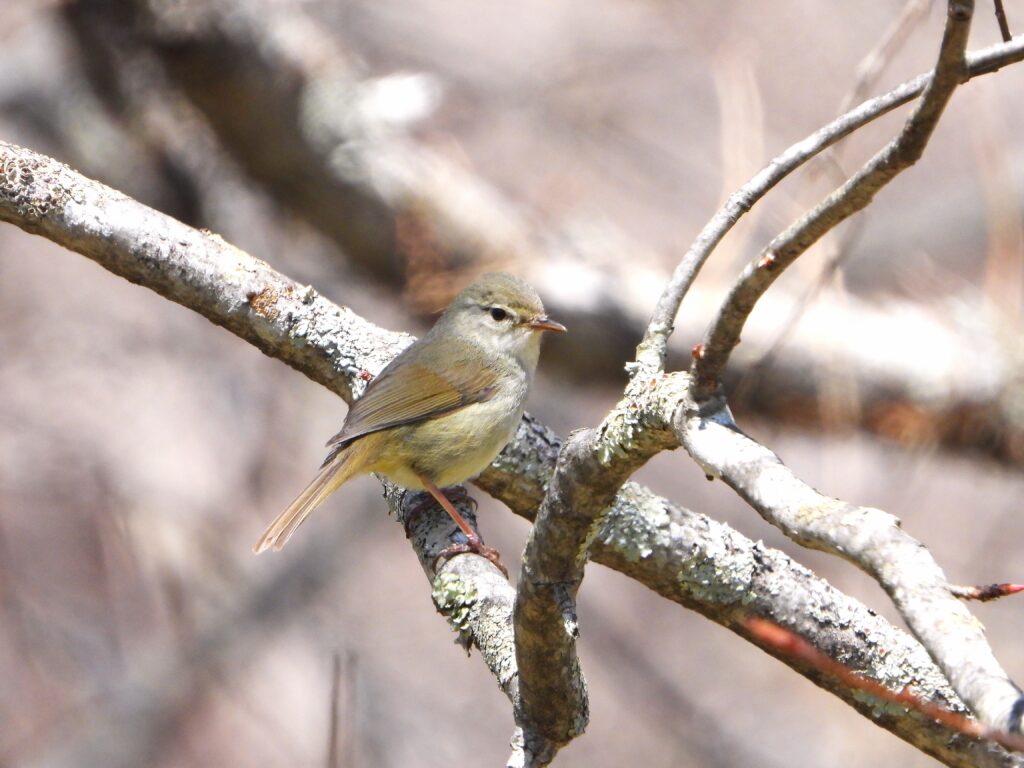
2. Blue-and-white Flycatcher (Cyanoptila cyanomelana) — Ōruri
Appearance: Males show brilliant cobalt-blue plumage with a striking white belly; females are more subdued brown.
Habitat: Breeds in mountain forests, often near streams and lakes; winters in Southeast Asia.
Song: A rich, fluting series of notes, often written as “pee-lee, pee-loo.” Its song resembles a flute played from the forest canopy, resonant and elegant.
Cultural significance: Regarded as a jewel of summer forests. Birdwatchers eagerly await its return each spring, and its song is often described as one of the most uplifting sounds in Japan’s woodlands.
➡ Read the full species profile →
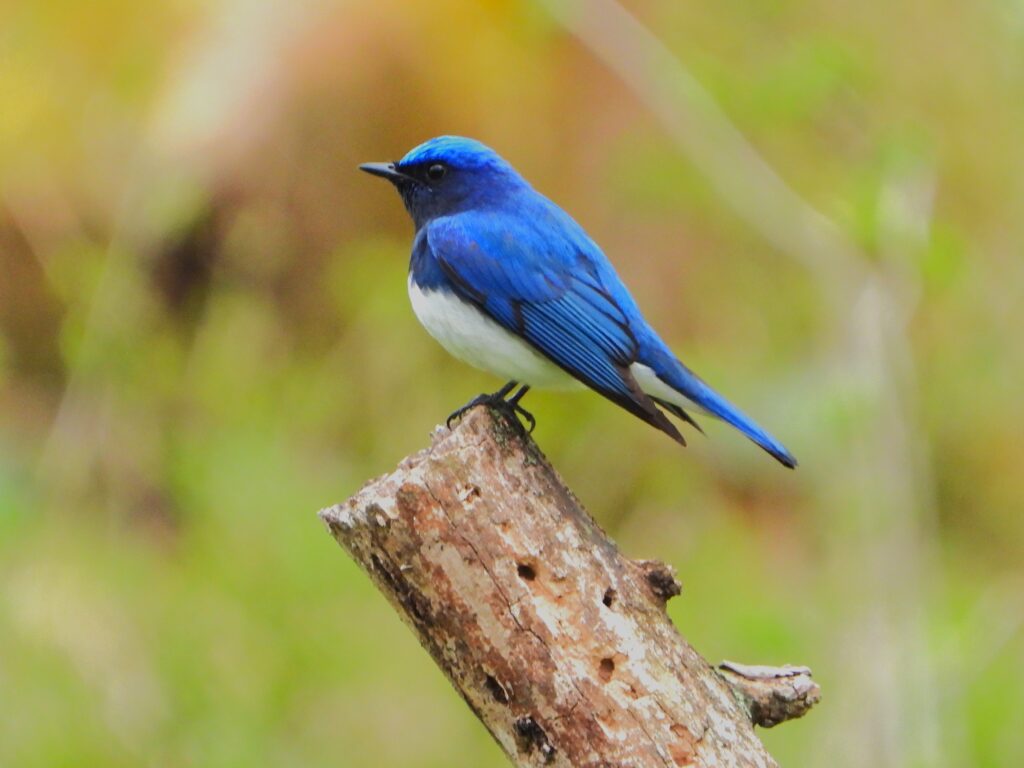
3. Japanese Robin (Larvivora akahige) — Komadori
Appearance: A small robin with a vivid orange-red face and chest, contrasting with olive-brown wings and back.
Habitat: Prefers cool, mature montane forests, often near streams.
Song: A pure, ringing soprano voice, sometimes likened to a horse’s whinny. Phrases such as “hin-karakara-ree” carry clearly through quiet mountain woods.
Cultural significance: Known as the soprano of Japan’s forests, the Komadori is a prized encounter for hikers and birdwatchers. Its clear voice adds a sense of magic to mountain walks, and many nature lovers consider it the highlight of a spring excursion.
➡ Read the full species profile →
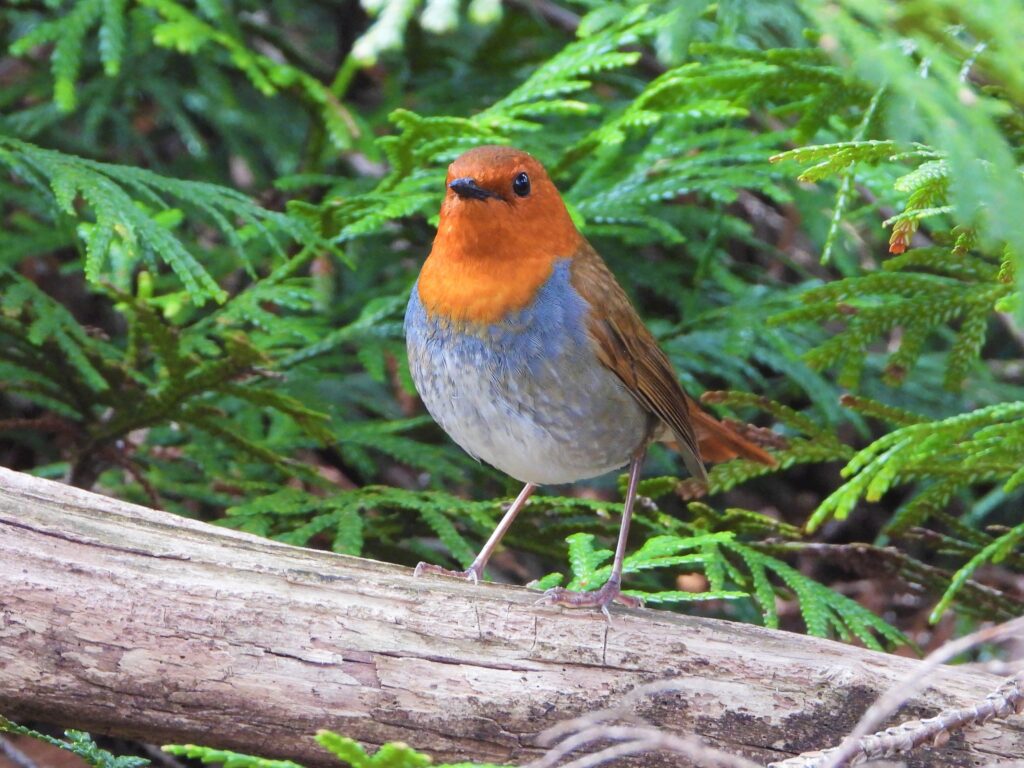
Cultural Background
For centuries, poets, writers, and storytellers have celebrated the three famous songbirds in poetry, literature, and folklore. They praised the Uguisu as the bird that signals spring, admired the Oruri as a summer jewel of the mountains, and cherished the Komadori as the soprano of deep forests. By giving each bird a special role in the cycle of the seasons, Japanese culture turned their songs into more than natural sounds—they became voices of time and tradition.
Author’s Impression
As a wildlife photographer, I feel that hearing all three of these birds in the wild is like experiencing the soundtrack of Japanese nature. Their voices connect people not only to forests and mountains but also to the cultural soul of Japan. Each time I hear them, I am reminded that birds are not just part of nature, but also part of the nation’s living heritage.
Conservation
All three species remain relatively common in Japan today, but people must take responsibility for protecting the habitats that sustain them. Preserving bamboo thickets, maintaining clean streams, and safeguarding mountain woodlands ensure that future generations can enjoy their songs. Conservationists, local communities, and nature enthusiasts work together to keep these environments healthy, so that the voices of the Uguisu, Oruri, and Komadori will continue to echo across Japan’s landscapes.
Conclusion
The Japanese Three Famous Songbirds are more than birds—they are a living tradition. For overseas visitors, learning about Sanmeicho offers both a birdwatching guide and a cultural journey into Japan’s seasons. If you can hear all three, you have truly experienced the music of Japanese forests.

